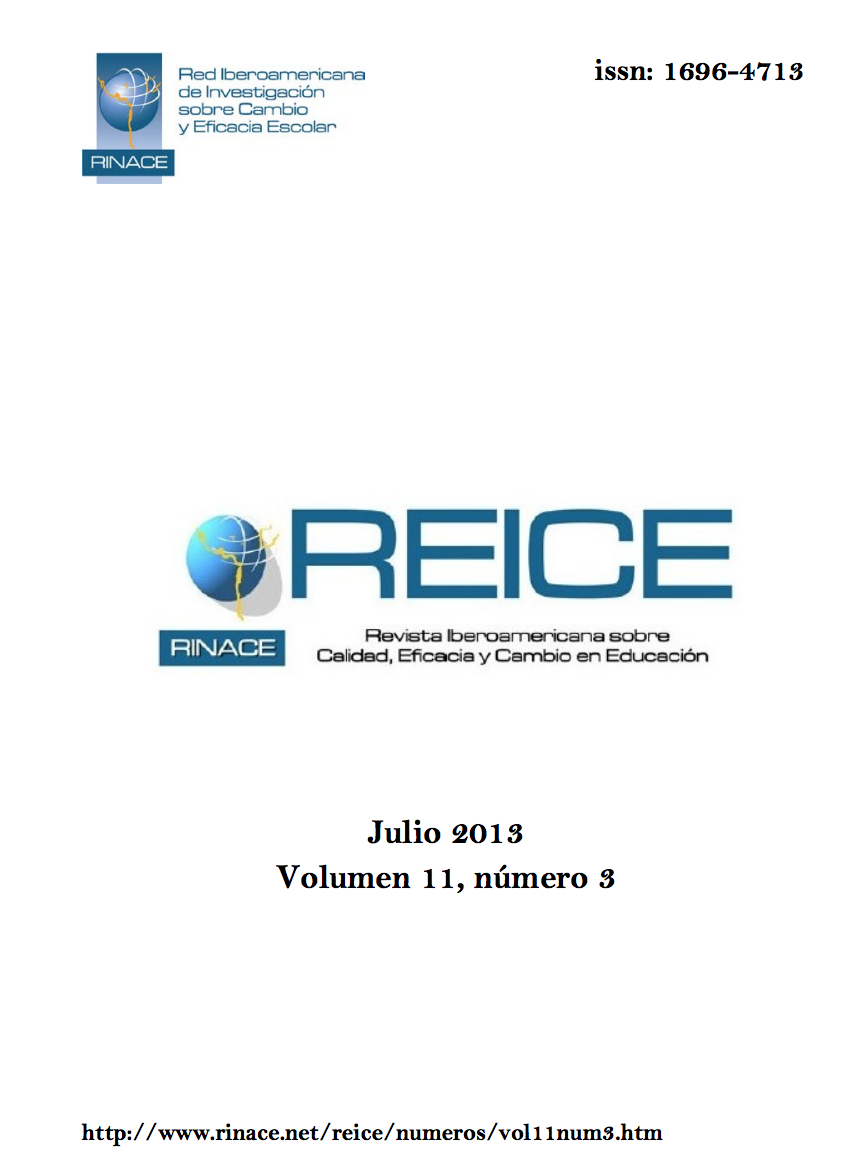Didactical Strategies to Promote Critical Reading from the Transversality View
Keywords:
Quality, Effectiveness, Change, Improvement, Equity, Innovation
This work is licensed under a Creative Commons Attribution-NonCommercial-NoDerivatives 4.0 International License.
Abstract
This article presents de results of the reading and writing strategies project as a response to the need of implementing a pedagogical proposal which promotes critical reading in students. This is a contribution to the pedagogical model and the development of transversal competences of Universidad EAN. With respect to the objectives, it was possible to characterize the reading and writing teaching practices of the EAN’s teachers which gives value to the pedagogical practices developed in different disciplines. After the analysis of the results obtained, two matrixes of didactical strategies were designed in order to teach critical reading as part of the pedagogical proposal to implement. This establishes the criteria which must be oriented from the disciplines while working text comprehension and production processes with its activities description, resources, teacher monitoring and accompaniment and assessment.
Downloads
References
Barton, D. y Hamilton, M. (1998). Local literacies. Londres: Routledge.
Bazerman, C. et al. (2005). Writing to learn. En C. Bazerman et al. (Eds), Reference Guide to Writing Across the Curriculum (pp. 57-65). Indiana: Parlor Press.
Carlino, P. (2005). Escribir, leer y aprender. Una introducción a la alfabetización académica. Buenos Aires: Fondo de Cultura Económica.
Camargo, Z., Uribe, G. y Caro, M. (2011). Didáctica de la comprensión y producción de textos académicos. Armenia: Publicaciones Universidad del Quindío.
Cassany, D. (2006). Tras las líneas: sobre la lectura contemporánea. Barcelona: Anagrama.
Díaz Barriga, F. y Hernández, G. (2002). Estrategias docentes para un aprendizaje significativo. Una interpretación constructivista. México: McGraw Hill.
González, B. y Vega, V. (2010) Prácticas de lectura y escritura en la universidad. El caso de cinco asignaturas de la Universidad Sergio Arboleda. Bogotá: Fondo de publicaciones Universidad Sergio Arboleda.
Hernández, G. (2006). Estudio sobre los modelos conceptuales y la autorregulación de la comprensión y la composición de textos: Un análisis de sus posibles relaciones. Tesis doctoral, Facultad de Psicología, UNAM, México.
Hernández, R. et al. (2010). Metodología de la Investigación. Mexico: Mc Graw Hill.
Hedegren, Z. (2005). ATA's Guide to Teaching Writing in All Disciplines. Disponible en http://bcs.bedfordstmartins.com/ta_guide/
Lea, M.R. y Street, B.V. (2006). The "Academic Literacies" Model: Theory and Applications. Theory Into Practice, 45(4), 368-377.
López, G.S. (1997). La metacomprensión y la lectura. En M.C. Martínez, Los procesos de la lectura y la escritura. Cátedra UNESCO en Lectura y Escritura (pp. 54-87). Cali: Universidad del Valle.
López, G.S. y Ramírez, R. (2011). Estrategias metacognitivas para la escritura de resúmenes como herramienta de aprendizaje. Cali: Universidad del Valle.
Pereira, D., Solé, B. y Valero, I. (2005). El papel de la lectura en la Educación Superior. Algunas reflexiones aplicadas en Educación Social.
REDLEES.Red de Lectura y Escritura (2012). Comité de investigaciones. Disponible en http://www.ascun-redlees.org/
Street, B.V. (1995). Social Literacies: Critical Approaches to Literacy Development, Ethnography and Education. Londres: Longman.
Russel, R.D. (2001). Where Do the Naturalistic Studies of WAC/WID Point? A Research Review. En S.H. McLeod, E. Miraglia, M. Soven, y C. Thaiss, WAC for the new millennium: Strategies for continuing writing-across the-curriculum programs (pp. 259–98). Londres: Longman.
Vardi, I. y Bailey, J. (2006). Retroalimentación recursiva y cambios en la calidad de los textos escritos por estudiantes de nivel universitario: un estudio de caso. Procesos y prácticas de escritura en la educación superior. Signo & Señal-Revista del Instituto de Lingüística Facultad de Filosofía y Letras, 16, 15−32.
